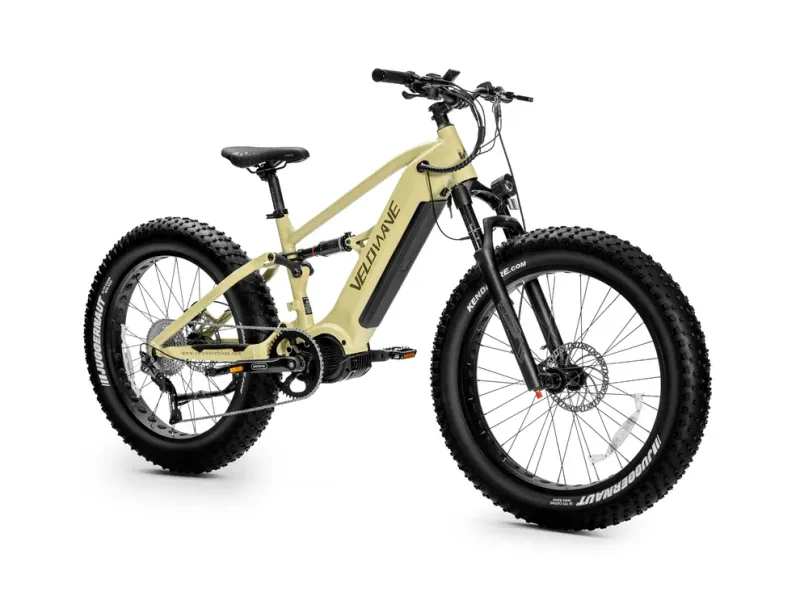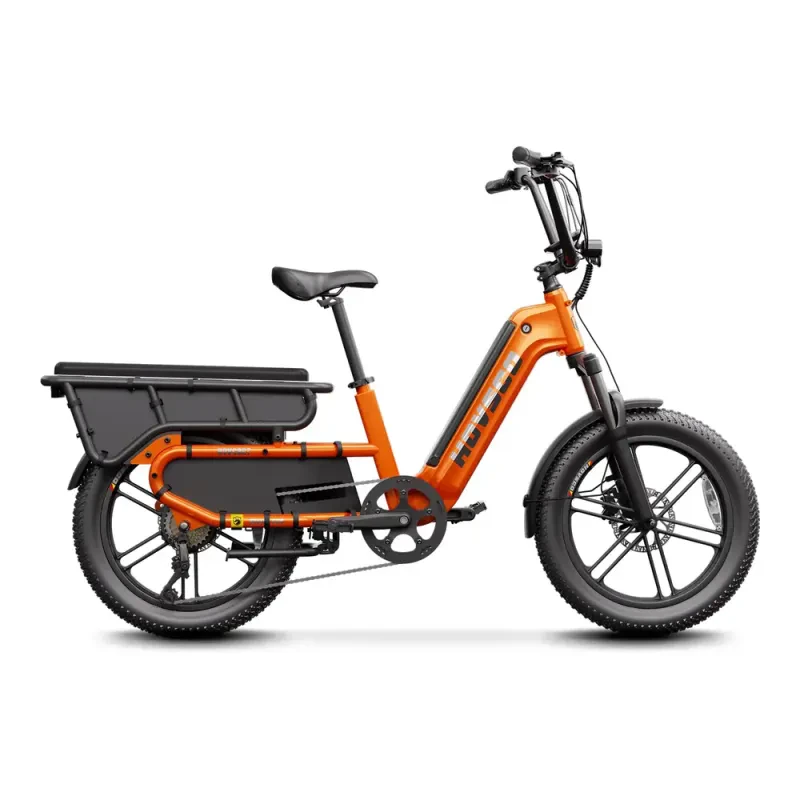Ever wondered which option is the best value? With rising costs and a focus on green travel, knowing the costs of each is key. We'll explore the financial side of
By looking at upfront costs, maintenance, and other expenses, you'll see how each compares. Find out how a commuting cost calculator can guide you. It helps you choose the most affordable and green way to get where you need to go.
Key Takeaways:
- Comparing
e-bike , public transit, and car costs is vital for smart money choices. - Knowing the initial and ongoing costs is key to understanding transportation expenses.
- Eco-friendly options like an electric bike can save money and reduce carbon emissions.
- Each option has direct and hidden costs, like insurance and registration fees.
- Using a cost calculator can help find the most budget-friendly travel method for you.
Understanding the Costs of Commuting
When looking at different ways to get around, it's important to break down costs. This helps us decide if e-biking, public transit, or driving is best for us. We need to think about the cost of buying, maintaining, and insuring our chosen mode of transport.
Initial Investment Costs
The first big cost is the initial investment. Electric bikes can cost between $500 and $12,000, depending on what you get. Cars are more expensive, with prices from $20,000 to $50,000+. Leasing a car means paying monthly but requires less money upfront. Public transport is the cheapest, with just the cost of a pass needed.
Ongoing Maintenance Expenses
Maintenance costs can add up over time. Electric bikes need battery replacements and occasional checks. Cars need regular services like oil changes and brake checks. Public transport users save on these costs but might spend on things like comfy shoes or backpacks.
Insurance and Registration Fees
Insurance and registration fees are also important.
Electric Bike Commuting: An Overview
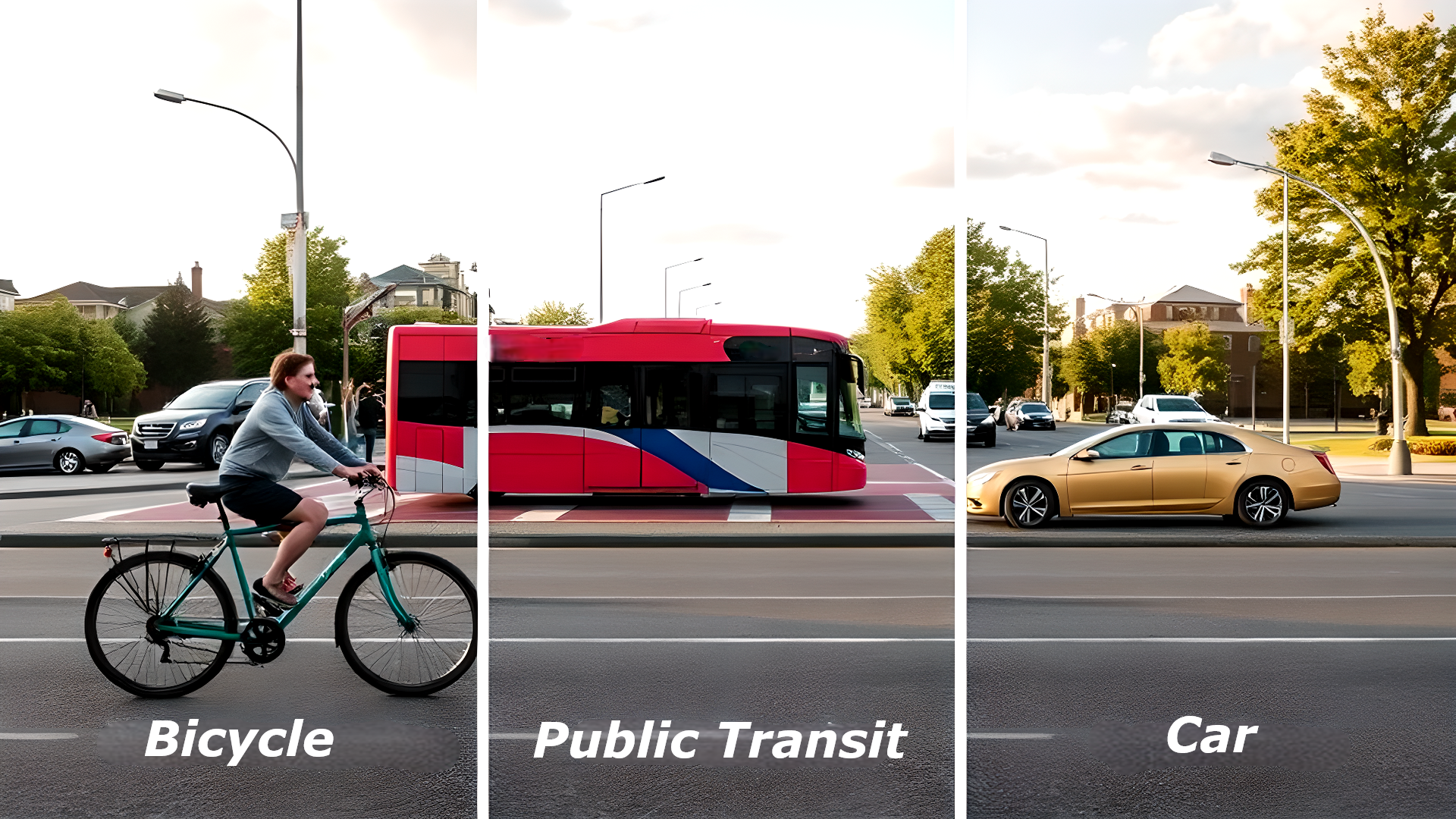
More people are riding a bicycle to work as a transportation option. It's key to look at the financial side to see its benefits.
Cost of Purchasing an E-Bike
The cost of an
Many e-bikes come with features that make commuting by bike better and more comfortable. This is thanks to the Electric Bike Association.
Savings on Fuel
Electric bike commuting saves a lot on fuel costs. Unlike cars, e-bikes run on electricity. This means you spend less on fuel.
The Energy Information Administration says the average American spends about $2,000 a year on gas. But, charging an
Maintenance and Repairs
Maintenance and repairs for electric bikes are cheaper than cars. You'll spend less on things like tire replacements and brake checks. The International Bike Association says
This makes riding an
Public Transport: What You Need to Know
Choosing public transport for your daily commute involves more than just hopping on a bus or train. It's key to understand the cost and eco-friendly benefits of public transport.
Ticket Prices and Subscriptions
Public transport costs vary by city and transit service. You can buy single tickets or monthly/yearly subscriptions. The American Public Transportation Association says subscriptions save money for frequent travelers.
By looking at how often you travel, you can pick the best value for your commute.
Additional Costs: Snacks and Parking
Public transport ticket prices are clear, but there are extra costs. Parking fees at train stations can add up. The National Parking Association notes that parking near transit hubs can be pricey.
Also, buying snacks and coffee can increase your costs. These expenses are often overlooked in cost comparisons.
Passengers’ Flexibility with Routes
Public transport offers flexibility. Commuters have many route options, making it easy to adjust plans. Local Transit Authorities often update and expand routes, making the system better.
This flexibility is a big plus over other travel options. It makes public transport a top choice for many.
Car Ownership: The Complete Picture
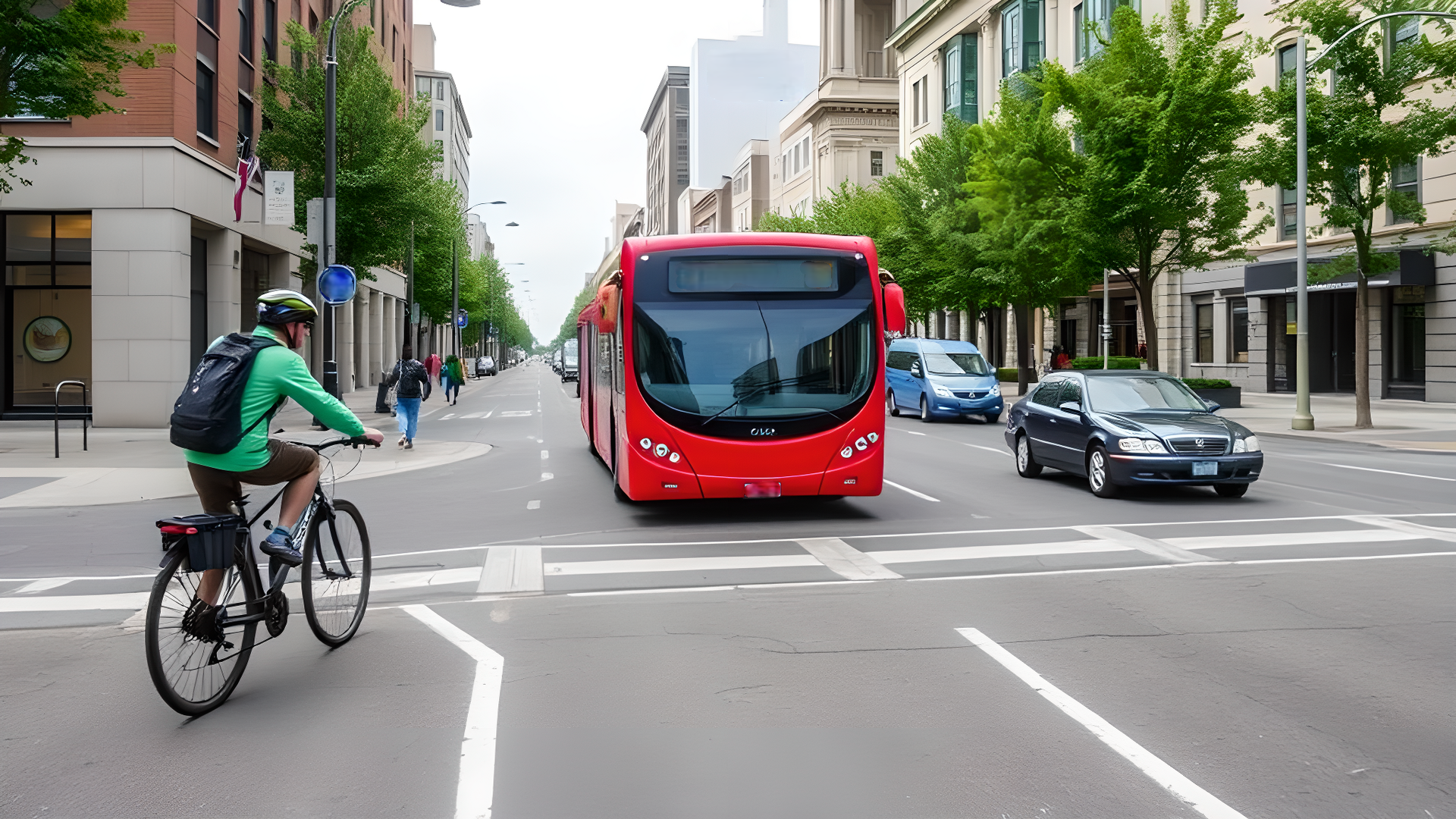
Owning a car involves more than just the initial cost. A full financial analysis is key to understanding all expenses. Whether you choose to buy or lease, the costs add up over time.
Upfront Costs: Buying or Leasing
Deciding between buying or leasing a car affects your finances. Buying a car means a big down payment and owning responsibilities. Leasing, on the other hand, has lower monthly payments but may have extra fees later.
According to Kelley Blue Book, a new car costs about $40,000. This is a big part of your initial costs to think about.
Fuel Costs: A Major Expense
Fuel costs are a big part of car ownership. The American Automobile Association (AAA) says the average American spends about $2,000 a year on gas. These costs depend on your car's fuel efficiency and how far you drive.
Looking at how much fuel your car uses helps you understand your total costs.
Insurance and Registration Fees
Insurance and registration fees are ongoing costs you can't ignore. The National Automobile Dealers Association (NADA) says the average car insurance premium is about $1,500 a year. Registration fees vary by state.
These costs add up over time. They are a big part of the financial picture of owning a car.
Comparing the Environmental Impact
Finding the best eco-friendly options is key for our planet and future. Knowing the carbon footprint and sustainability of various transport modes helps us make better choices. This supports sustainable commuting for everyone.
Carbon Footprint of Each Mode
The Environmental Protection Agency (EPA) says a gasoline car emits about 4.6 metric tons of carbon dioxide yearly. On the other hand, electric bikes have much lower emissions, mainly from electricity use. Public transport, like electric buses and trains, is even better, spreading emissions among many users.
Sustainability of Electric Bikes vs. Cars
Electric bikes are a greener choice than cars. Cars need constant refueling and mining for battery production. Electric bikes use less energy and last longer with little upkeep. The International Transport Forum sees this as a big step towards sustainability.
Benefits of Public Transport
Public transport is great for the environment. It cuts down on emissions by reducing the number of cars on the road. The Carbon Trust says more people using public transit can also reduce traffic and improve air quality.
Time vs. Cost: A Personal Perspective
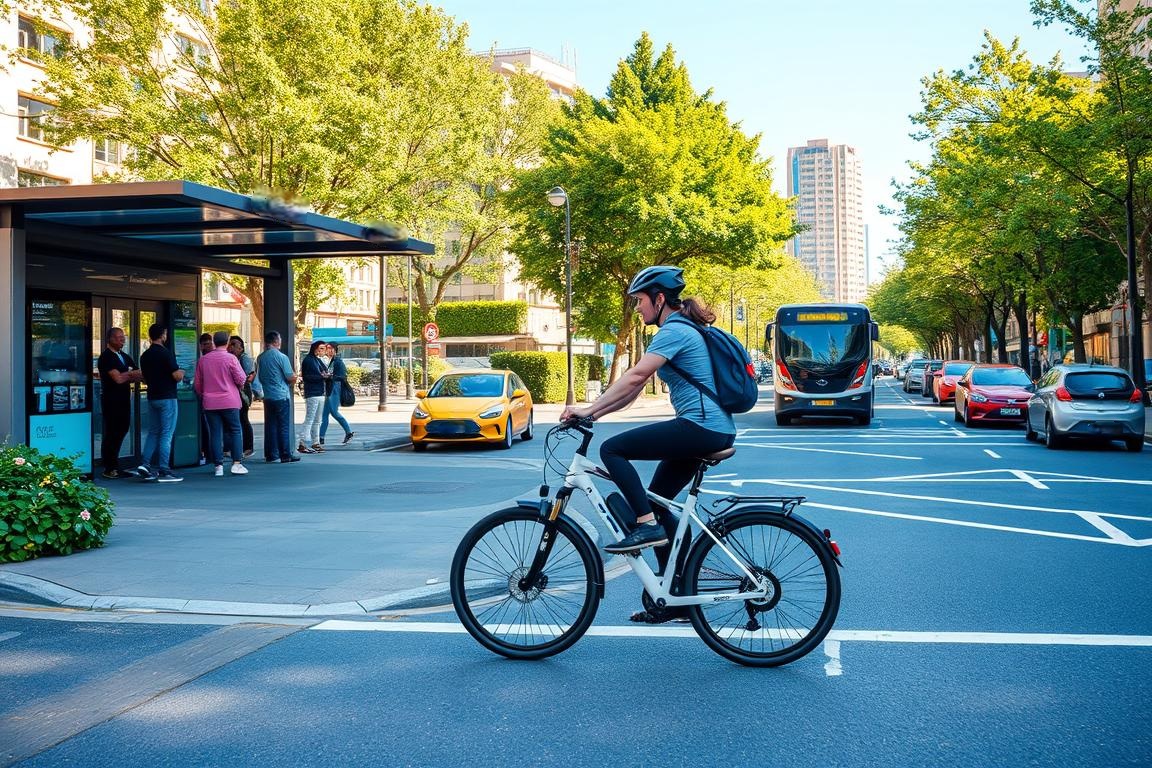
Understanding the balance between time and cost is key for your daily commute. Different ways to travel offer unique benefits.
Time Savings with Electric Bikes
Electric bikes are great because they can avoid traffic and offer consistent travel times. They use bike lanes and shortcuts that cars can't. Data from the Urban Transport Group shows
Transit Times on Public Transport
Public transport usually has set times, but can be affected by schedules and route changes. It might not be as fast as an
Traffic and Delays with Cars
Driving is often plagued by traffic jams and unpredictable delays. The INRIX Global Traffic Scorecard shows how crowded areas can waste a lot of time. Planning your route and timing is critical. For many, the uncertainty of traffic makes car travel less appealing.
Health Benefits of using an E-Bike
Choosing to commute by
Physical Fitness and Well-being
Electric bikes are a great way to stay active. The CDC says cycling improves heart health, muscle strength, and endurance. Even with an electric motor, you get to exercise, unlike driving.
Mental Health Perks
Reduced Stress Levels
The Social Aspects of Commuting
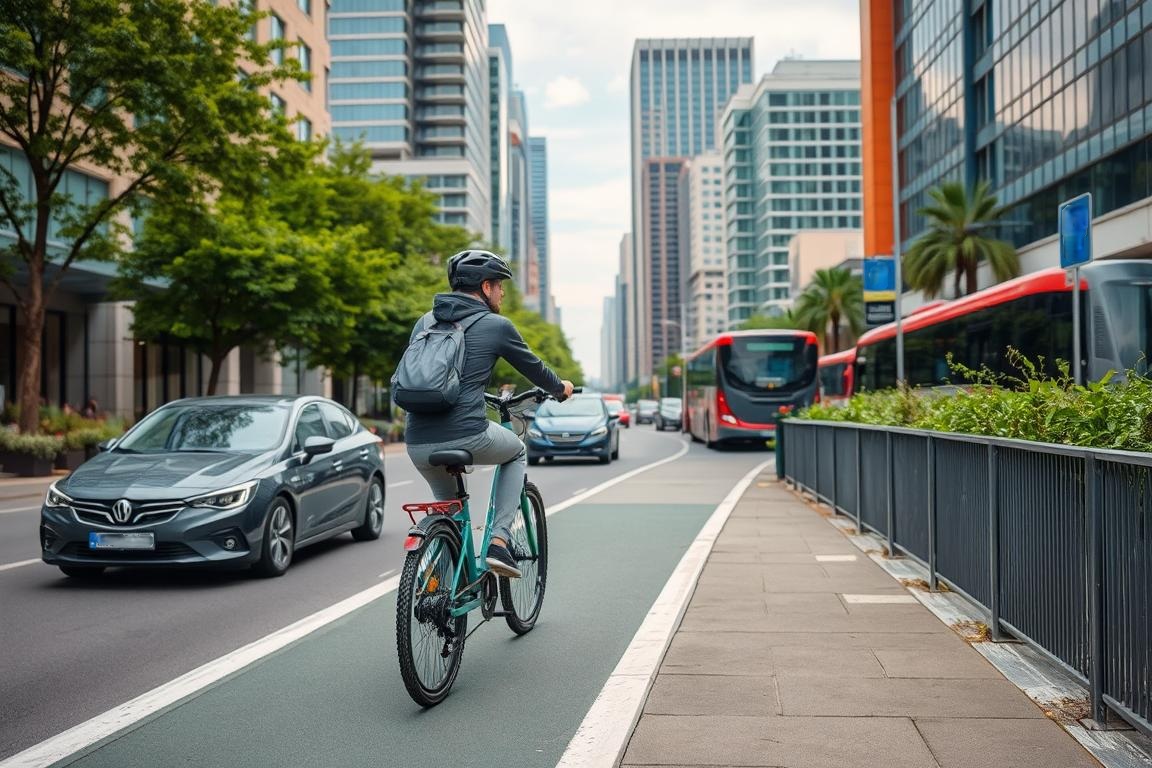
Each way of getting to work has its social side.
Community Connections through E-Bikes
Public Transport and Social Interactions
Public transport has its social perks. It's a place where people from all walks of life meet. This can widen your social circle and introduce you to new ideas.
Car Culture and Isolation
Driving to work, on the other hand, can make you feel alone. Cars offer privacy but cut off social interactions. Unlike e-bikes or public transport, car culture often misses out on community bonding.
Reliability and Convenience Factors
When picking your commute, look at reliability and convenience factors. See how weather, system dependability, and access affect your daily trip. This helps you manage your transportation expenses better.
E-Bikes and Weather Readiness
E-bikes are a green and flexible way to get to work. But, weather can be a problem. Rain, snow, and cold can make e-biking tough.
Wearing the right gear and planning ahead is key. Waterproof clothes and accessories make your ride better, keeping you comfortable.
Dependability of Public Transport
Public transport is good for the planet and your wallet. But, its reliability can change based on where you are and the system.
The Federal Transit Administration works to fix these issues. Knowing your local transit helps you save money and avoid surprises.
Car Convenience and Accessibility
Cars give you direct service and flexibility. But, they cost more money and harm the environment.
The Consumer Accessibility Report shows cars add comfort but increase your transportation expenses. Weighing these costs helps you choose if a car is right for you.
Accessibility Options Across Modes
Accessibility is key for many commuters. There are many solutions across different transport modes.
Electric Bike Solutions for Diverse Needs
E-bikes provide accessibility options for people with different abilities. They come with features like adaptive pedals and adjustable seats. Even hand-operated models are available for those who can't use regular pedals. They also have Electric Tri-Cycles.
Public Transport Accessibility Features
Public transport systems now include accessibility options to meet ADA standards. Buses and trains have ramps, low floors, and wheelchair spaces. There are also braille signs, audible announcements, and tactile paths for the visually impaired.
These features make public transport inclusive for green travel.
Car Modifications for Accessibility
Car users can find many modification options for better accessibility. The National Mobility Equipment Dealers Association helps find experts for hand controls, wheelchair lifts, and more.
Future Trends: What's Coming Next?
The future of commuting is changing fast, with new tech in many areas. Knowing about these trends can help you choose better ways to get around. Let's explore what's new in e-bikes, public transport, and cars.
Innovations in E-Bike Technology
Public Transport Upgrades on the Horizon
New upgrades for public transport are coming. They aim to make travel cheaper, greener, and smoother. Think smart tickets, live tracking, and self-driving buses. As cities get smarter, public transport will too.
The Evolving Landscape of Car Commuting
Car travel is also changing, thanks to electric and self-driving cars. These changes aim to cut down on pollution and make driving easier. The Society of Automotive Engineers is working hard to make these dreams a reality.
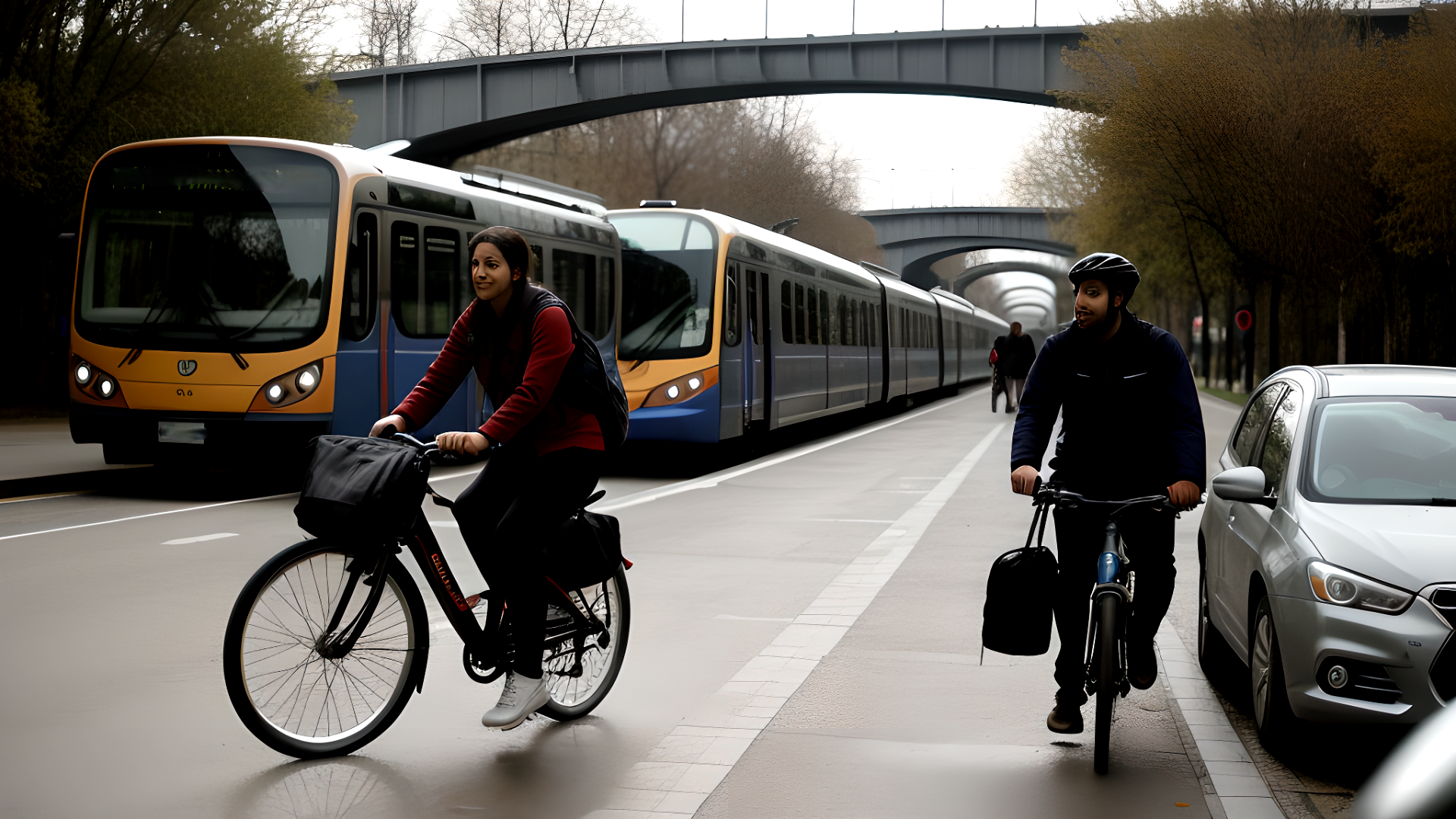
Conclusion: Choosing the Best Option for You
Choosing the right way to get to work involves looking at many things. You need to think about how much it costs, what you need, and what you like. Using a commuting cost calculator helps you see the money side of each choice.
Evaluating Your Costs
Knowing your personal costs is key. The National Institute for Transportation and Communities says to look at the upfront cost, upkeep, insurance, and other regular costs. This helps you see the full picture and avoid surprises.
Considering Lifestyle and Preferences
Think about your lifestyle and what you want from your commute. Lifehacker’s Transportation Cost Assessment shows that things like convenience, how it affects the planet, and your health are important. For example, e-bikes might be good for those who want to stay fit and flexible. Public transport could be better for those who like being part of a community and want to help the environment.
Making an Informed Decision
In the end, it's about weighing everything. The Office of Energy Efficiency & Renewable Energy advises looking at future changes and new tech in each option. By using a cost calculator and thinking about your costs and preferences, you can pick the best way to get to work for you.
FAQ
How does the initial investment cost differ between e-bikes, public transport, and cars?
The cost to start varies a lot. E-bikes cost between $500 and $12,000. Public transport costs $60 to $120 a month, or $720 to $1,440 a year. Cars cost $20,000 to $50,000+ upfront.
What are the ongoing maintenance expenses associated with each mode of transport?
E-bikes and cars need regular upkeep. E-bikes need battery replacements and occasional checks. Cars need oil changes and tire rotations. Public transport costs nothing for the user, as maintenance is handled by transit authorities.
How do insurance and registration fees compare among these commuting options?
E-bikes often don't need insurance or registration, saving money. Public transport means no insurance or registration costs. Cars, though, have big insurance and registration fees, around $1,000 to $2,000 a year.
What are the savings on fuel expenses when choosing an e-bike over a car?
E-bikes save a lot on fuel. They use about $1-$2 a month. On the other hand, cars can cost $150 to $200 a month in fuel.
What are the additional costs involved in public transport like snacks and parking?
Public transport costs include snacks and drinks, $2-$5 per trip. Parking can cost $3 to $20 a day, depending on your location.
What are the environmental impacts of each commuting mode?
E-bikes and public transport are better for the environment. E-bikes have little to no emissions. Public transport cuts down on carbon footprint. Cars, with their fuel use and emissions, have a bigger impact.
How does the time efficiency of e-bikes compare to cars and public transport?
E-bikes are quick in heavy traffic, avoiding jams. Public transport times vary. Cars face traffic and parking delays.
What health benefits are associated with e-bike commuting?
How do social interactions differ among e-bike , public transport, and car commuting?
What are the reliability and convenience factors for each commuting mode?
E-bikes might not work well in bad weather. Public transport reliability depends on the area. Cars are convenient but need regular maintenance and can be affected by traffic.
Are there accessibility options available for diverse commuting needs in e-bikes, public transport, and cars?
E-bikes come in designs for different needs. Public transport has features like ramps. Cars can be modified for accessibility.
What future trends and innovations are expected in commuting options?
How can you evaluate your commuting costs to make an informed decision?
Look at your daily and monthly costs. Consider your lifestyle, preferences, and the environment. This will help you choose the best and most cost-effective way to commute.

